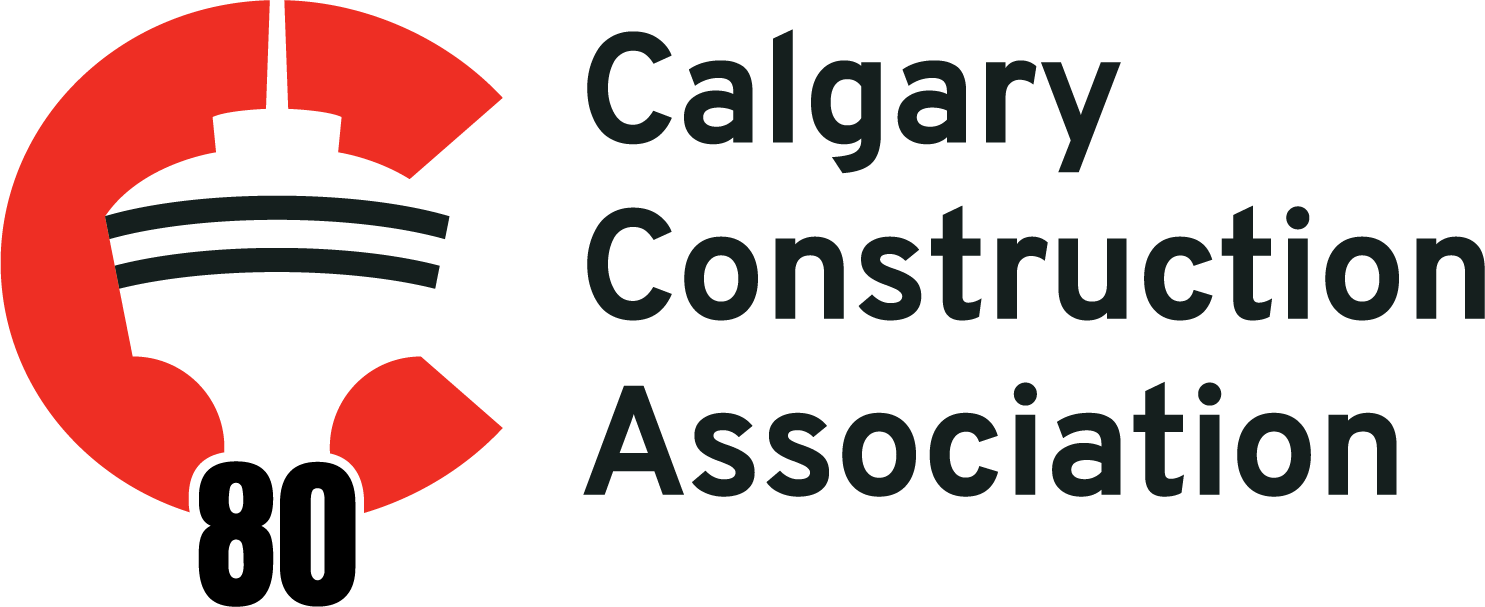How to use lean manufacturing to make your business more productive

via BDC
Follow these three steps to drive long-term success by eliminating waste in your business
It’s a common problem; your business is bringing in plenty of cash and revenues are growing, but you are struggling to make a decent profit. Why? And what steps can you take to turn things around?
One probable answer is to tackle the “waste” and inefficiency that is lurking in your business and acting as a brake on your ability to generate profits. A leaner operation can lower costs, increase output, help eliminate quality problems, reduce space requirements and cut time to market. It can also improve employee morale. And almost any business can benefit—whether in manufacturing or services.
“While there are specific types and definitions of waste in the world of operational efficiency, a simpler way to think of waste is any operational element that is a source of frustration in your business,” says BDC Senior Business Advisor Lucie Le François. “Lean management is a system based on the idea that providing value as perceived by the customer, customer satisfaction and customer experience drive long-term success.”
Here are three easy steps Le François offers to entrepreneurs who want to start building lean into their business.
1. Start with an assessment
The first step in any efficiency drive is to take stock of the situation. You can begin by talking with senior managers and key employees to identify problems that keep cropping up and opportunities to become more efficient.
You’ll also want to consider what information you are collecting about your operations. Accurate financial and operational data will allow you to benchmark your business against your peers.
You can use the data you collect in this first phase to better target your future efficiency initiatives, adjust your product mix and pricing if needed, and identify efficiency problems in individual product lines. The data you collect at this point will also serve as a benchmark against which you can measure your progress.
2. Take action
Once you’ve evaluated your company’s productivity levels, you’ll be ready to take action. Three fundamental efficiency projects that are useful for most companies are:
- Setting up performance dashboards
- Improving supervisor performance
- Initiating continuous improvement by implementing workplace organization (5S)
These fundamental projects deployed with a structured methodology such as “Plan-Do-Check-Act” (PDCA) provide quick wins and set the foundations for long-term success. They can also be a launching pad for more advanced or tailored productivity initiatives.
3. Monitor and manage your progress
One of the goals of these fundamental operational efficiency projects is to make assessing operations and improving efficiency a continual process that is part of the company’s culture.
Dashboards for example let you compare your performance regularly. Once they are implemented, it becomes natural to find ways to further improve your performance.
The very effort of monitoring KPIs often prompts a business to take significant steps toward getting leaner—even before implementing additional efficiency projects.
Think system, not tools
Le François says a lot of entrepreneurs think they only need special tools or that frameworks are sufficient to “do” lean—things like Kanban (visual signal or card), process mapping, standard work methods, 5S or workplace organization. While these tools are absolutely critical and beneficial, operational efficiency involves way more than the tools; you also need to think of it as a management operating system. And the most important enabler of success in this system is your mindset and commitment to teaching, learning and improving.
“Watching a football game is very different than playing in one,” Le François says. “If you’re on the field, you’re caught up in the action and you only see a part of it. When you’re up in the stands, you can see everything that’s going on, the patterns and the opportunities. Lean is about taking that step back and asking yourself: ‘What’s really going on here and how can we do it better?’” More often than not, because many entrepreneurs are so deeply involved in their business, this “fresh eyes approach” requires external coaches, no different than in a game of football.
Lean management in practice
Some companies decide to be lean from the get-go, as soon as they start up. Others adopt lean practices once they’ve been operating for a while and start to see opportunities to eliminate waste.
For E.T.M. Industries lean was a way to ensure the company could handle its projected growth. The Renfrew, Ontario, company manufactures precision-machined components for the aerospace, mining and defence industries.
“From a sales point of view, our business was doing well,” says E.T.M. Vice President J.P. Leclerc. “But we knew we might crash and burn if we didn’t take a serious look at how we were running our company from an operational point of view.”
“We needed to make sure that we had solid processes in place, especially for people who were less experienced,” he says.
Focused on easy, fast improvements
In the first phase of the project, a BDC operational efficiency expert conducted interviews on site to see how E.T.M. Industries ran its plant and thoroughly analyze its processes. Through a series of onsite interviews, process analyses and brainstorming with employees on how to solve common problems on the plant floor, E.T.M. gained insight into where it could improve.
With that information, the company developed a strategic plan and set priorities for achieving the most significant results as quickly as possible. The company identified 87 “just-do-its”—activities where easy improvements can immediately be put in place.
One key recommendation in the plan was to accelerate the training of less experienced employees in order to improve productivity and reduce waste.
Small, incremental changes like this, combined with complete employee buy-in, helped E.T.M. Industries grow its business by 25% while reducing waste from production by 37%—all in just 18 months.




